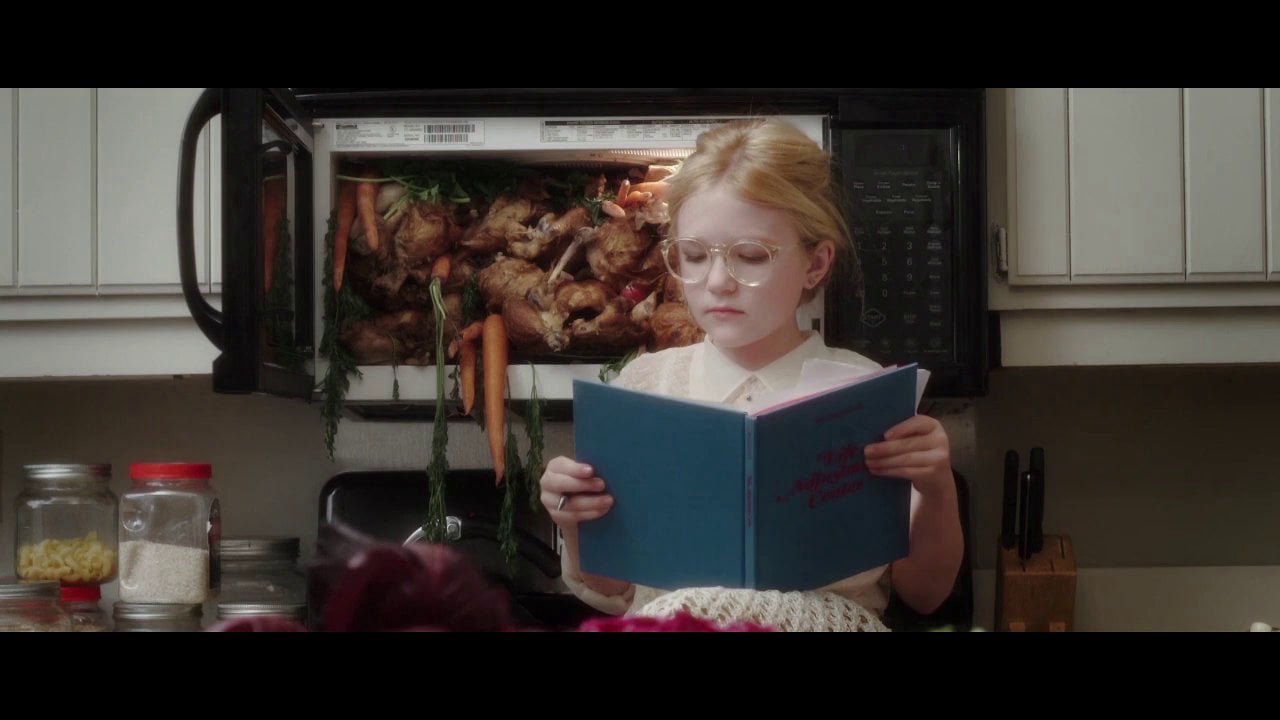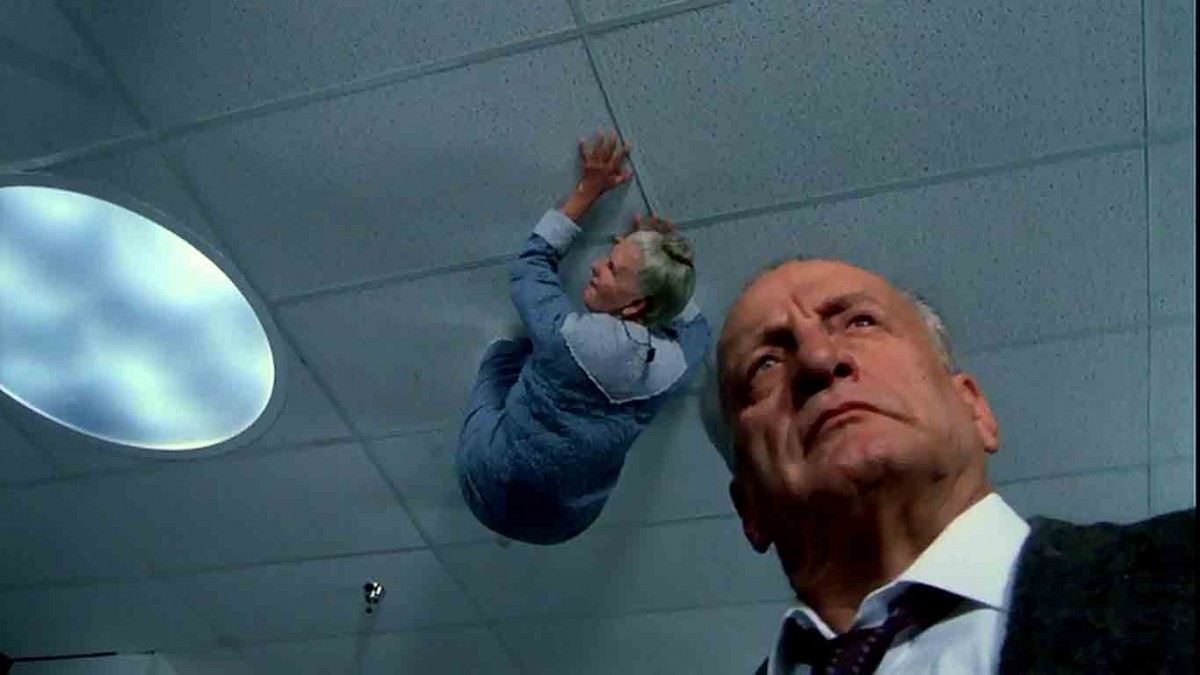Chess is not, shall we say, the most cinematic of games. But Mira Nair’s Queen of Katwe gamely tries to resolve this dilemma with compelling characters, a quietly heroic, underdog narrative, and a whole lot of Ugandan sensibilities and imagery. It mostly works. And best of all, there’s not a white person in sight.
That last point might sound like faint praise. It’s not meant that way. I spent half of Queen of Katwe uneasily awaiting the arrival of Brad Pitt or someone: the white, Western salvational figure who would undermine what is essentially a charming story about a local girl done good. The fact that he never arrives elevates the film.

Queen of Katwe is a Disney production, and you can feel it every step of the way. It’s occasionally hamfisted and obvious, those Disney trademarks. But there’s a lot of affection here for Phiona (Madina Nalwanga), its chess-prodigy protagonist, who bucks convention on multiple levels: a 10-year-old superstar from the slums, and a girl at that. (Somewhat hilariously, Queen of Katwe seems to presume girls can’t play chess; if it were basketball, maybe it would’ve seemed stereotypical. The implication here, as ever, is that folks think girls can’t do fucking anything.)
With David Oyelowo as her stalwart mentor and Lupita Nyong’o as her distressed mom, Queen of Katwe is not lacking for  star power. We follow young Phiona as she learns the game, realizes she has a talent, and shows up the rich boys. It’s a sports movie formula set in rather dire poverty, and Nair doesn’t skimp on the complications this involves. But she also doesn’t miss the moments of beauty and connection in between.
star power. We follow young Phiona as she learns the game, realizes she has a talent, and shows up the rich boys. It’s a sports movie formula set in rather dire poverty, and Nair doesn’t skimp on the complications this involves. But she also doesn’t miss the moments of beauty and connection in between.
This isn’t a perfect film, and there are some eye-rolling moments, amid the swelling uplift and Disney-fied score. But strong performances abound, and its basic story is both familiar enough to resonate and distant enough to inspire. It’s a multi-layered, character-focused, class-conscious coming-of-age film based around chess in Uganda, and, again, no Brad Pitt shows up to shift the focus to some white man’s burden.
Kids could do much worse, and adults might have to pretend they’re not crying, too.
Quick Links

David Cronenberg often gets valorized, or ribbed, as Professorial Horror. Despite his early, Corman-backed forays into visceral thrills, there’s always something a bit removed and cold about his body freakout sensibilities. It’s not to every, er, taste.
That vibe probably reached its zenith with Dead Ringers, which is as cold as horror comes. Any highly-mannered story about twin gynecologists obsessed with “mutant” women would probably tend in that direction.
But Dead Ringers combines some of this Canadian auteur’s pet themes in unique and startling ways. Cronenberg himself remarked once that it was always men who found the gyno examination scenes the most disturbing, and he’s almost certainly right about that. The double-performance of Jeremy Irons grounds the picture in the uncanny, but we’re also forced to face the fact that men, generally speaking, are in charge of women’s bodies — not just physically, but in their definition(s).
Dead Ringers opens with two twin children discussing the idiocy of sexual coupling, and longing for a day when sex and reproduction could be divorced. Everything else proceeds from there, including self-designed medical instruments.
Hold on tight.
(Streaming on Shudder)

Albert Moya, a young Catalonian director, had a wonderful idea. What if we played a dinner party sequence from some lost Bunuel or some pre-production mumblecore picture, except cast it entirely with children?
The result, in American Autumn, is both hilarious and disturbing. The general distance from the material provokes a weird sense that nobody would talk like this — it’s satire, critique, and comedy rolled into one. Oddly, it reminded me of the classic sketch from The Ben Stiller Show, in which they faithfully reproduce Woody Allen’s Husbands and Wives but cast it entirely with monsters. (“She makes me feel young again!” “You’re 300 years old!”)
Even as a goof, it would be intriguing. But American Autumn also happens to be ably shot by Robert Leitzell, who gives the whole thing a kind of gorgeous sheen. With a few exceptions, the short could be substituted into any number of NYC apartment dramas and nobody would really notice.
We’re told Moya is working on a new film he co-wrote with Efthymis Filippou (Dogtooth, The Lobster). That seems about right.
(Streaming on Le Cinema Club through Sunday)

Little-known fact: The Exorcist III is the scariest, funniest, and most enjoyable entry in the franchise.
True story!
(Streaming on Shudder)

If Queen of Katwe is the most faithful and respectful vision of heroes in Uganda, without white saviors, Stephen Hopkins’ The Ghost and the Darkness might be its doppelganger.
The man who brought us A Nightmare on Elm Street 5: Dream Child, Judgment Night, and, of course, the best Predator film, Predator 2, also took a deep dive into colonialism and angry lion attacks in 1986. It’s profoundly dumb, though not as bad as its reputation. (Roger Ebert: “I hope someone made a documentary about the making of “The Ghost and the Darkness.” Now that would be a movie worth seeing.”)
Val Kilmer is sturdy and unmiffed, every hair in place, as our protagonist; Michael Douglas, who doesn’t even show up until it’s almost over, is very Michael Douglas-y. We await Kathleen Turner’s arrival.
The film is a boy’s adventure tale, paired with heavy-handed critiques of colonization and also near-mythological lions. It’s like The Lost City of Z, but without the gravitas, and most definitely without Darius Khondji. It does have a Jerry Goldsmith score, which helps, slightly, and one of the outright funniest dream-scare sequences I’ve ever seen.
I recommend drinking heavily throughout it.
(Streaming on Amazon Prime)

